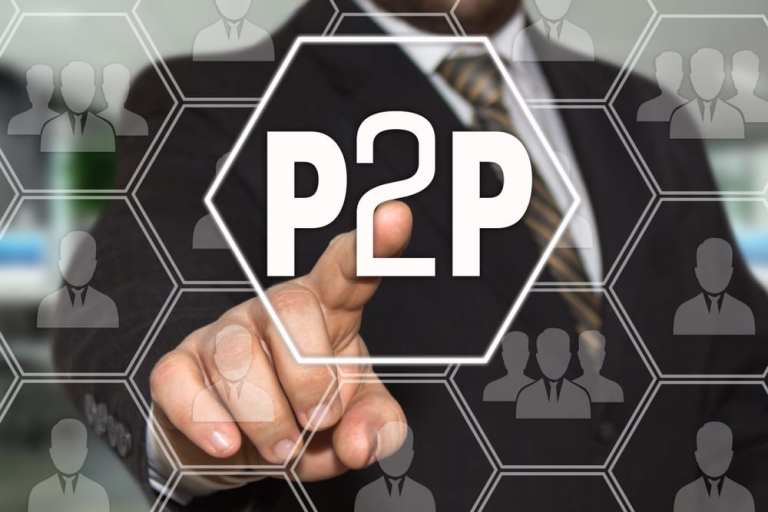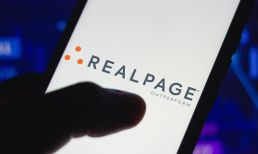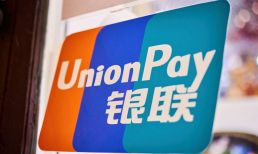The spotlight burned brighter for peer-to-peer (P2P) payment services in the first quarter of 2019, with those payment methods finding popularity among more consumers. However, P2P’s future growth will depend on solving problems related to data privacy and other issues — at least, according to some observers.
Perhaps the biggest story in P2P, though, is the ongoing battle between P2P providers Zelle (operated by Early Warning Services) and Venmo (owned by PayPal).
During Q1 2019, Zelle sent $39 billion through its network via 147 million transactions, the company said in a news release. Payment values went up 54 percent year over year, and payment volume increased 72 percent. The Zelle network is used by an upwards of 5,391 financial institutions (FIs), either through a mobile banking app or by registering a debit card with Zelle’s app. A possible limit to Zelle’s service — at least, for the time being — is its status as a payment method that relies on bank rails, not card rails.
Venmo, meanwhile, stood out as one of the best bits of news from PayPal’s Q1 earnings. For the first time, PayPal CEO Dan Schulman released Venmo user numbers: 40 million active monthly users, defined as those who used the service once in 12 months. Venmo processed $21 billion in total payment volume during the first quarter, and is on pace to process $100 million over the course of the year. Total P2P volume for PayPal — which includes payments made through core PayPal and Venmo services — grew 41 percent to $42 billion. Anyone with a bank account and debit card can use Venmo, a likely factor in its P2P reach.
As a point of comparison, Square reported 15 million monthly active users for its Cash App as of December. According to eMarketer, nearly 80 million U.S. adults used P2P payment services as of late 2018, a year-over-year-increase of 24 percent.
P2P Partnerships
Advertisement: Scroll to Continue
Partnerships are driving P2P growth, as demonstrated by Venmo, by giving the service more than a just a P2P focus. Shulman told analysts that Venmo’s growth was not only as a P2P payment network, but as a payment method for its active and deeply enthused customer base. He called out recent partnerships with Chipotle, Grubhub and Uber, among other merchants.
“Over the past several years, we’ve announced more than 40 partnerships with leaders across the tech and financial services industries,” he said during the Q1 earnings call. “These partnerships have enabled new experiences for customers, and have helped to connect business[es] and consumers across new platforms and marketplaces.”
PayPal Chief Operating Officer Bill Ready, meanwhile, highlighted instant transfers and Venmo’s debit card as bright spots in revenue growth.
P2P Marketing
Further growth of P2P popularity could also be driven — at least, in part — by fresh marketing, as demonstrated by Zelle. The P2P provider has been touting an ad campaign, called “Everyday Better,” to highlight P2P payments.
“Although digital P2P adoption first caught on with millennials, adoption of P2P services continues to rise among all generations. The Everyday Better campaign from Zelle highlights situations that appeal to a broad spectrum of people, tapping into moments everyone can relate to, such as graduation, rent, birthdays, brunch and family reunions,” the company said. “The campaign continues to use bright colors, quirky [and] humorous characters, and fun memorable lines that demonstrate an alternative to using cash or checks.”
P2P Impacts
The impact of P2P payments — and its ongoing growth, as seen in the first quarter of 2019 — goes well beyond Zelle and Venmo. As more consumers use such services, they are becoming accustomed to quick, efficient digital transactions. In turn, those fast-acting P2P payment services are having a ripple effect on disbursements, as documented by the new PYMNTS Disbursements Tracker. Businesses can enjoy access to real-time settlements and revenue, while consumers can instantly receive funds from insurance claims or gig work instead of waiting for paper checks in the mail.
That research found that consumers are ready to move past the use of paper checks when it comes to disbursements — a trend fueled by increasing consumer experiences with P2P. PYMNTS found that, if consumers were allowed to choose their preferred payment methods for disbursements, 46.7 percent would like to receive payments via direct deposit, while 24 percent would prefer for their disbursements to be delivered directly to their debit cards. Of course, debit cards are a convenient proxy for consumers to get disbursements into their checking accounts for instant access.
That research underscores this blunt fact of life for 2019 and beyond: The longer disbursements fail to match the speed of P2P services, the more consumers’ frustrations will grow. With some businesses still delivering funds via paper check, disbursements have a long road to travel before they can improve speed and, as a result, customer satisfaction.
P2P Challenges
That said, the future of P2P payments — including consumer-to-consumer payment methods — faces some challenges of its own. According to one relatively recent report that measured consumer satisfaction with the use of P2P payments, those consumers still have significant concerns about the data privacy aspects of those payment methods — with Apple Pay standing as the method with the highest data privacy scores from consumers. “But Apple Pay has a major drawback: It requires specific, later-generation Apple hardware and software,” the report added.
In addition, it’s hardly a secret that Apple Pay has failed to get significant consumer traction. Apple has released only a few, semi-specific figures for Apple Pay. Most recently, CEO Tim Cook said that transactions had grown 50 percent year on year, and that the expectation is to hit 10 billion transactions by the end of 2019. The service is available in 30 global markets currently, according to Cook, and will begin going online with New York’s MTA system in July of this year.
These are exciting times for P2P payments, with the method having impact on the wider world of digital payments and commerce. Challenges remain, but it’s not unreasonable to expect further milestones in the P2P journey in the coming quarters.




